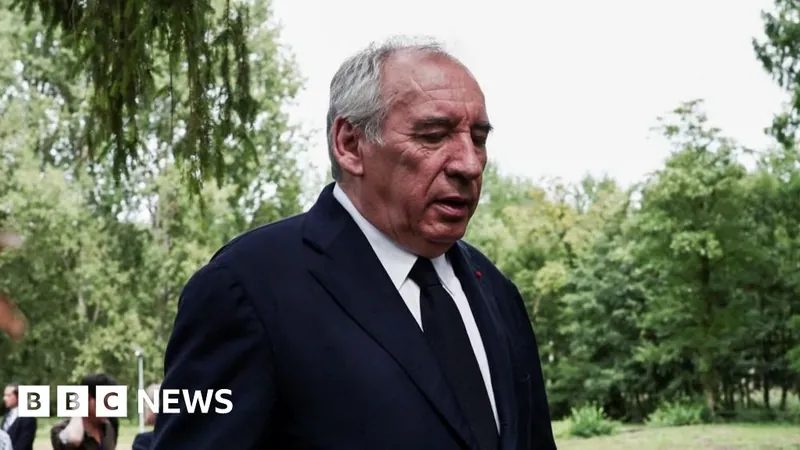
Canada's Old Age Security: Is It Time for a Bold Overhaul?
2025-08-13
Author: Jacques
Reimagining Retirement Benefits in Canada
With the 2025 federal budget looming, a heated debate has emerged in Canada: should the Old Age Security (OAS) program undergo a significant reform? As the landscape of retirement benefits shifts, calls for change are getting louder.
Paul Kershaw, founder of Generation Squeeze, a nonprofit focused on fairness for younger generations, insists that the rising costs of the OAS demand immediate attention. He warns that the OAS has become the fastest-growing line item in the federal budget, particularly benefiting retirees with household incomes up to $180,000.
Budget Crunch: The Case for Change
Current projections estimate that Canada’s OAS expense will balloon from $77.8 billion in 2023 to a staggering $276.5 billion by 2060. Kershaw points out that the looming federal deficit, which is now anticipated to exceed $42 billion in 2025 due to tax cuts and NATO commitments, makes it imperative to reassess how OAS funds are allocated.
He proposes a strategy where wealthier retirees receive slightly less, thus freeing valuable resources to uplift younger Canadians and low-income retirees struggling with the skyrocketing cost of living.
What Exactly Is Old Age Security?
In Canada, retirees rely primarily on two federal programs: the Canadian Pension Plan (CPP) and the Old Age Security (OAS). While CPP is funded through contributions during an individual’s working life, OAS is financed by tax revenues, rewarding longtime residents after age 18.
The auditor's report confirmed that OAS costs are projected to triple by 2045, driven by an aging population and inflation.
Current Benefits vs. Future Needs
OAS currently offers up to $727.67 a month for retirees aged 65-74, with income caps that allow for increased payments up to $800.44 for those older than 75. However, those earning above certain thresholds see their benefits reduced, a system criticized for still being outdated since its inception in 1952.
Potential Savings and Social Investment
Generation Squeeze claims that a restructured OAS could save up to $36 billion over five years by slightly reducing benefits for couples earning over $100,000. These substantial savings could be redirected toward supporting low-income families, affordable housing, and educational initiatives—an approach they tout as a 'win-win-win' for Canada.
The Government's Response
As the pressure mounts for reforms, Finance Minister Francois-Philippe Champagne has acknowledged ongoing consultations regarding the budget, stating that stakeholder insights on OAS and senior support will be crucial in shaping the 2025 fiscal plan.
Canada finds itself at a crossroads: Should it hold onto an outdated system, or take the brave step of reforming OAS to ensure fairness and sustainability for all generations? The decision awaits as the national dialogue intensifies.









 Brasil (PT)
Brasil (PT)
 Canada (EN)
Canada (EN)
 Chile (ES)
Chile (ES)
 Česko (CS)
Česko (CS)
 대한민국 (KO)
대한민국 (KO)
 España (ES)
España (ES)
 France (FR)
France (FR)
 Hong Kong (EN)
Hong Kong (EN)
 Italia (IT)
Italia (IT)
 日本 (JA)
日本 (JA)
 Magyarország (HU)
Magyarország (HU)
 Norge (NO)
Norge (NO)
 Polska (PL)
Polska (PL)
 Schweiz (DE)
Schweiz (DE)
 Singapore (EN)
Singapore (EN)
 Sverige (SV)
Sverige (SV)
 Suomi (FI)
Suomi (FI)
 Türkiye (TR)
Türkiye (TR)
 الإمارات العربية المتحدة (AR)
الإمارات العربية المتحدة (AR)